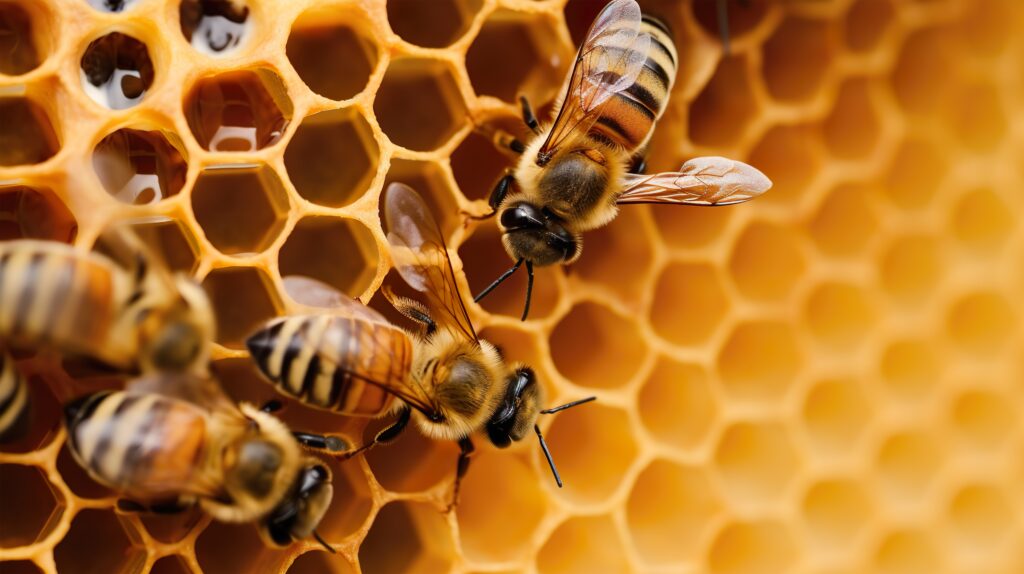As the summer season begins to wind down, we’re still facing a significant rise in tick and mosquito populations in many areas of the US. Many homeowners are turning to chemical yard barrier repellents to protect their yards, unaware of the unintended consequences these products can have on essential insect populations. At Everguard Repellents, we believe that an eco-friendly solution is the only solution for protecting your yard from deer, rabbits, ticks, and mosquitoes.
The Hidden Impact of Chemical Repellents
Chemical repellents might be effective against pests, but they also pose a severe threat to beneficial insects. Pollinators like moths, honey bees, bumble bees, and other vital species are at risk of being unintentionally harmed. These insects play a crucial role in our ecosystem, and their decline can have devastating effects on biodiversity and agriculture.
Everguard: A Safe and Proven Alternative
At Everguard, we’ve always prioritized eco-friendly solutions. Our Tick & Mosquito Repellent has been rigorously tested and proven harmless to honey bee populations. Unlike chemical alternatives, Everguard offers effective pest control without compromising the health of our environment.
The Vital Role of Honey Bees
Honey bees are essential pollinators, responsible for pollinating around one-third of the food we consume. During the last few weeks of summer, honey bees are at their busiest, preparing for the winter months. Here’s a closer look at what honey bees do to survive winter in colder climates:
- Storing Honey: Throughout the summer, honey bees collect nectar and convert it into honey, which serves as their primary food source during winter. A single bee colony can produce between 60 to 100 pounds of honey to sustain itself.
- Building Up the Hive: Bees work diligently to build up their hive, ensuring it is well-insulated and protected against the cold. They seal gaps with propolis, a resin-like substance, to keep out drafts and pests.
- Forming a Winter Cluster: As temperatures drop, honey bees form a tight cluster around their queen. They vibrate their flight muscles to generate heat, maintaining the hive’s temperature at around 90 degrees Fahrenheit at the cluster’s center.
- Conserving Energy: Bees minimize their activity to conserve energy. The colony’s survival depends on their ability to maintain a stable environment within the hive.
Protecting Our Pollinators
In these critical weeks, it is more important than ever to choose products that are safe for honey bees and other pollinators. At Everguard, we are committed to providing solutions that protect your yard without harming the environment.
Thank you for your continued support and commitment to eco-friendly solutions.

